Rashes similar to shingles. Shingles or Something Else: Identifying Common Skin Conditions
How can you distinguish shingles from other skin conditions. What are the key symptoms of shingles. How does shingles differ from chickenpox, psoriasis, eczema, and hives. When should you seek medical attention for a skin rash.
Understanding Shingles: Causes and Risk Factors
Shingles, also known as herpes zoster, is a viral infection caused by the reactivation of the varicella-zoster virus, which initially causes chickenpox. This condition typically affects adults, particularly those over 60 years old. The Centers for Disease Control and Prevention (CDC) estimates that approximately one in three people in the United States will develop shingles during their lifetime.
Who is at risk for developing shingles? The following factors increase your chances:
- Age (50 years and older)
- History of chickenpox
- Weakened immune system
- Certain medical conditions (e.g., cancer, HIV)
- Use of immunosuppressive medications
Is it possible to get shingles if you’ve never had chickenpox? While rare, it is possible. Some individuals may have had a mild case of chickenpox that went unnoticed, leaving them susceptible to shingles later in life.

Recognizing Shingles: Key Symptoms and Characteristics
Identifying shingles can be challenging, as its symptoms may resemble other skin conditions. However, certain distinctive features can help differentiate shingles from other rashes:
- Localized pain, itching, or tingling before rash appearance
- Rash typically confined to one side of the body or face
- Fluid-filled blisters that eventually crust over
- Associated symptoms like fever, chills, and headache
How long does a shingles rash typically last? The rash usually scabs over within 7 to 10 days and clears up completely within two to four weeks. However, some individuals may experience lingering pain even after the rash has healed, a condition known as postherpetic neuralgia.
Shingles vs. Chickenpox: Understanding the Connection
While shingles and chickenpox are caused by the same virus, their presentations differ significantly. How can you tell them apart?
- Chickenpox rash spreads across the entire body
- Shingles rash is typically confined to a specific area
- Chickenpox is more common in children, while shingles primarily affects adults
- Shingles often causes more severe pain than chickenpox
Can you get shingles if you’ve been vaccinated against chickenpox? While the chickenpox vaccine significantly reduces the risk of developing shingles, it doesn’t eliminate it entirely. Vaccinated individuals who do develop shingles often experience milder symptoms.

Distinguishing Shingles from Psoriasis
Psoriasis is an autoimmune condition that can cause skin symptoms similar to shingles. How do these conditions differ?
- Psoriasis typically causes symmetrical rashes on both sides of the body
- Psoriatic lesions often have a silvery, scaly appearance
- Psoriasis is chronic, while shingles is a temporary condition
- Shingles is accompanied by more severe pain and potential nerve involvement
Can psoriasis and shingles coexist? While rare, it is possible for an individual to have both conditions simultaneously. In such cases, careful evaluation by a dermatologist is crucial for accurate diagnosis and appropriate treatment.
Eczema and Shingles: Spotting the Differences
Eczema, also known as atopic dermatitis, is another skin condition that can be mistaken for shingles. Here’s how to differentiate between the two:
- Eczema typically causes dry, itchy patches of skin
- Eczema rashes are often symmetrical and can affect multiple body areas
- Shingles rashes are usually more painful than itchy
- Eczema is a chronic condition, while shingles resolves within weeks
Does having eczema increase the risk of developing shingles? There is no direct link between eczema and an increased risk of shingles. However, individuals with eczema may have a compromised skin barrier, potentially making them more susceptible to viral infections in general.

Hives vs. Shingles: Key Differences
Hives, or urticaria, can sometimes be confused with shingles due to their appearance. How can you tell them apart?
- Hives typically appear and disappear quickly, often within hours
- Hives can affect any part of the body and may change location
- Shingles rashes follow a specific nerve path and remain localized
- Hives are usually more itchy than painful
Can stress trigger both hives and shingles? Yes, stress can be a contributing factor in the development of both conditions. However, while stress alone can cause hives, it typically only triggers shingles in individuals who already have the dormant virus in their system.
Prevention and Treatment of Shingles
Preventing shingles is possible through vaccination. The CDC recommends the recombinant zoster vaccine (Shingrix) for adults 50 years and older, as well as for individuals 18 and older with weakened immune systems. This vaccine is highly effective in reducing the risk of developing shingles and its complications.

What treatment options are available for shingles? If you suspect you have shingles, seek medical attention promptly. Treatment typically involves:
- Antiviral medications to reduce the severity and duration of the outbreak
- Pain management strategies, including over-the-counter or prescription pain relievers
- Topical treatments to soothe the rash and prevent secondary infections
- Rest and stress reduction to support the immune system
How quickly should you start treatment for shingles? Antiviral medications are most effective when started within 72 hours of rash onset. Prompt treatment can significantly reduce the risk of complications and accelerate healing.
Complications of Shingles
While most cases of shingles resolve without long-term effects, some individuals may experience complications. These can include:
- Postherpetic neuralgia (ongoing nerve pain after the rash heals)
- Vision problems if the rash affects the eye area
- Secondary bacterial infections of the rash
- Temporary or permanent nerve damage
Are certain individuals more prone to shingles complications? Yes, older adults, those with weakened immune systems, and individuals who delay treatment are at higher risk for complications. Regular medical follow-ups during and after a shingles outbreak can help monitor for and address any potential complications.

When to Seek Medical Attention for a Skin Rash
Given the similarities between shingles and other skin conditions, it’s crucial to know when to consult a healthcare professional. Seek medical attention if you experience:
- A painful rash, especially if it’s localized to one side of the body
- Blisters or a rash near the eye area
- Symptoms that persist or worsen despite over-the-counter treatments
- Fever, chills, or other systemic symptoms accompanying the rash
- A rash that develops after exposure to someone with chickenpox or shingles
How can you prepare for a dermatologist appointment? Keep a record of your symptoms, including when they started and any changes over time. Take clear photos of the affected areas, as rashes can change appearance quickly. Be prepared to discuss your medical history, including any recent illnesses or stress factors.
Diagnostic Procedures for Skin Rashes
When evaluating a skin rash, healthcare providers may employ various diagnostic techniques:
- Visual examination of the rash
- Review of medical history and symptoms
- Skin scraping or swab for laboratory analysis
- Blood tests to check for viral antibodies or other markers
- In some cases, a skin biopsy may be necessary
How accurate are these diagnostic methods? While visual examination by an experienced healthcare provider can often identify shingles, laboratory confirmation may be necessary in some cases, especially if the presentation is atypical or if there are concerns about potential complications.

Living with Shingles: Coping Strategies and Support
Dealing with a shingles outbreak can be challenging, both physically and emotionally. Here are some strategies to help manage the condition:
- Follow your healthcare provider’s treatment plan carefully
- Use cool compresses to soothe the affected area
- Wear loose-fitting, breathable clothing to minimize irritation
- Practice stress-reduction techniques like meditation or gentle yoga
- Join a support group to connect with others experiencing similar challenges
How can you support a loved one with shingles? Offer emotional support and practical assistance with daily tasks. Help them maintain a comfortable environment and encourage rest. Remind them to follow their treatment plan and attend follow-up appointments.
Long-term Outlook and Recovery
For most individuals, shingles is a temporary condition that resolves within a few weeks. However, the recovery process can vary:
- The rash typically heals within 2-4 weeks
- Pain may persist for weeks or months after the rash clears
- Some individuals may experience recurring outbreaks
- Postherpetic neuralgia can last for months or even years in some cases
Can lifestyle changes help prevent future shingles outbreaks? While not guaranteed to prevent recurrence, maintaining a healthy lifestyle can support overall immune function. This includes regular exercise, a balanced diet, stress management, and adequate sleep. Additionally, staying up-to-date with recommended vaccinations can provide further protection against shingles and its complications.

By understanding the unique characteristics of shingles and other common skin conditions, individuals can better recognize potential health concerns and seek appropriate medical care. Remember, early diagnosis and treatment are key to managing shingles effectively and minimizing the risk of complications. If you’re unsure about a skin rash or have concerns about your risk for shingles, don’t hesitate to consult with a healthcare professional for personalized advice and guidance.
Is It Shingles or Something Else?
Learn the difference between the shingles rash and other common skin problems such as hives or psoriasis.
By Dennis Thompson JrMedically Reviewed by Laura J Martin, MD
Reviewed:
Medically Reviewed
The shingles rash usually occurs on one side of the body or face, most commonly on the trunk.
Adobe Stock
It’s easy to mistake a shingles rash for another health condition that affects the skin. The shingles virus typically causes a painful rash and blisters, which can resemble many other skin conditions — psoriasis, eczema, and hives among them. However, there are a few signs that your rash is more likely to be shingles than something else.
To get shingles, you must have had chickenpox. Shingles, or herpes zoster, occurs when the chickenpox virus (varicella zoster) reactivates after lying dormant in the body. The Centers for Disease Control and Prevention (CDC) estimates that 1 out of 3 people in the United States will get shingles in their lifetime. While your risk of getting shingles increases as you age, anyone can get it if they had chickenpox, notes the CDC.
While your risk of getting shingles increases as you age, anyone can get it if they had chickenpox, notes the CDC.
About half of all shingles cases occur in adults age 60 or older, and the risk of getting shingles becomes much greater by age 70, according to the National Institute on Aging.
Signs and Symptoms of Shingles
Shingles may cause mild to severe pain, and the viral rash most commonly appears on the trunk, notes the CDC. Unlike chickenpox, the shingles rash usually occurs on one side of the body or face.
The first symptom of shingles is usually pain, itching, or tingling in the area where the shingles rash will later appear. This may happen several days before the rash erupts, leading to fluid-filled blisters like those of chicken pox. The blisters typically scab over in 7 to 10 days and clear up within two to four weeks, according to the CDC.
Other signs and symptoms of shingles may include:
- Chills
- Fever
- Headache
- Upset stomach
- Vision loss
How to Prevent Shingles: Get Vaccinated
Two vaccines may help prevent the shingles virus: the chickenpox (varicella) vaccine and the shingles (recombinant zoster) vaccine.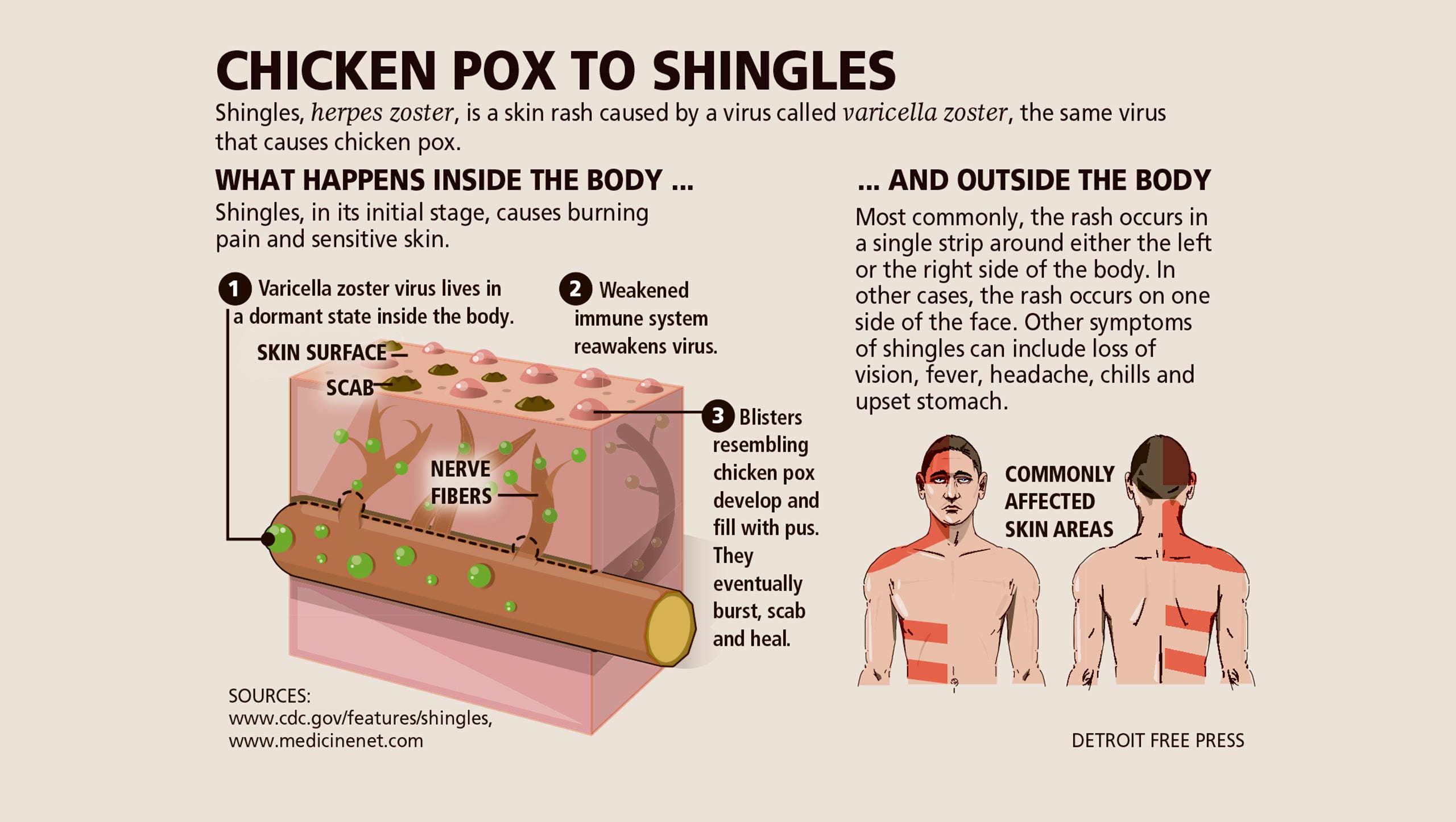 The shingles vaccine is approved for adults ages 50 and older and for those 18 and older with weakened immune systems or at increased risk of herpes zoster because of a disease or treatment, according to the CDC.
The shingles vaccine is approved for adults ages 50 and older and for those 18 and older with weakened immune systems or at increased risk of herpes zoster because of a disease or treatment, according to the CDC.
Per the CDC, talk to your doctor about getting a shingles vaccination if you are 50 or older or if you have the following risk factors:
- You have cancer, especially leukemia or lymphoma.
- You have human immunodeficiency virus.
- You are a bone marrow or solid organ (renal, cardiac, liver, or lung) transplant recipient.
- You take immunosuppressive medications, including steroids, chemotherapy, or transplant-related medications.
Seek Prompt Treatment for Shingles
If you suspect that you might have shingles, seek medical attention right away, as prompt treatment can reduce your risk of painful complications like postherpetic neuralgia, according to the Mayo Clinic.
Here’s a look at some other skin conditions that may resemble shingles.
Chickenpox Is Caused by the Same Virus
Getty Images
The same virus, varicella zoster virus, causes both chickenpox and shingles.
Chickenpox typically causes an itchy rash that spreads over the entire body, as opposed to just one side of the body or face like shingles. More than 99 percent of Americans born on or before 1980 have had chickenpox, per the CDC. If you don’t know if you had chickenpox, check with your family doctor, who can review your records.
Psoriasis Forms Red Patches on the Skin
Science Source
Psoriasis is an autoimmune disease that is easy to confuse with the shingles rash. As with the shingles virus, psoriasis forms red patches on the skin, according to Johns Hopkins Medicine. One type of psoriasis — pustular — can lead to the development of blisters. Areas of skin affected by psoriasis often develop into silvery scales on the scalp, elbows, knees, and lower back. Treatment can help control the condition.
Eczema Can Cause Red, Itchy Skin With Bumps
Dr P. Marazzi/Science Source
Marazzi/Science Source
Like shingles, a skin allergy can also cause red, bumpy, itchy skin, according to the American College of Allergy, Asthma & Immunology (ACCAI). These reactions include eczema, hives, and contact dermatitis. Eczema can cause dry, red, itchy, irritated skin, per the ACAAI. Small, oozing, fluid-filled bumps may also appear, especially when the skin is infected. Eczema is most common on the face, inside the elbows and behind the knees, and on the hands and feet, per MedlinePlus. There is no cure for eczema, but treatments can help manage the condition.
Hives Can Cause Itchy Red Bumps
Shutterstock
Hives are red or skin-colored bumps that can cause mild to severe itching, according to the ACAAI. They typically appear suddenly and disappear quickly. Pressing the middle of a red bump will make it turn white, which is known as blanching. Hives can be caused by a number of triggers, including allergies, cold or hot weather, and infections.
Contact Dermatitis Can Cause a Rash and Blisters
Will & Deni McIntyre/Science Source
Contact dermatitis can also cause a rash, blisters, itching, and burning, per the ACAAI. It occurs when the skin comes into contact with an irritant or an allergen, such as soaps, laundry detergents, shampoos, metals, medications, and more. Allergens like poison ivy, poison oak, or poison sumac can cause red, itchy rashes that may include blisters. Treatment can offer relief and aid healing.
It occurs when the skin comes into contact with an irritant or an allergen, such as soaps, laundry detergents, shampoos, metals, medications, and more. Allergens like poison ivy, poison oak, or poison sumac can cause red, itchy rashes that may include blisters. Treatment can offer relief and aid healing.
Ringworm Causes an Itchy, Red, Circular Rash
Ternavskaia Olga Alibec/Shutterstock
Ringworm is a skin infection that, despite its name, is caused by a fungus, whereas the shingles rash is caused by a virus, according to the CDC. Ringworm can cause a red, itchy, circular rash on your skin. It may also cause scaly, cracked skin and hair loss. The rash can appear on any part of your body, and it spreads easily through skin-to-skin contact or contact with an item contaminated with the fungus, like dirty clothes or a shower floor. Some forms of ringworm can be treated with over-the-counter medication, while others must be treated with prescription antifungal medication.
Herpes Simplex Can Be Mistaken for the Shingles Rash
Kaan Baytur/Alamy
Herpes simplex virus type 1 (HSV-1) is a common viral infection that causes fever blisters or cold sores, usually on the lips or around the mouth but sometimes on the face or the tongue or elsewhere on the body, according to the American Academy of Dermatology.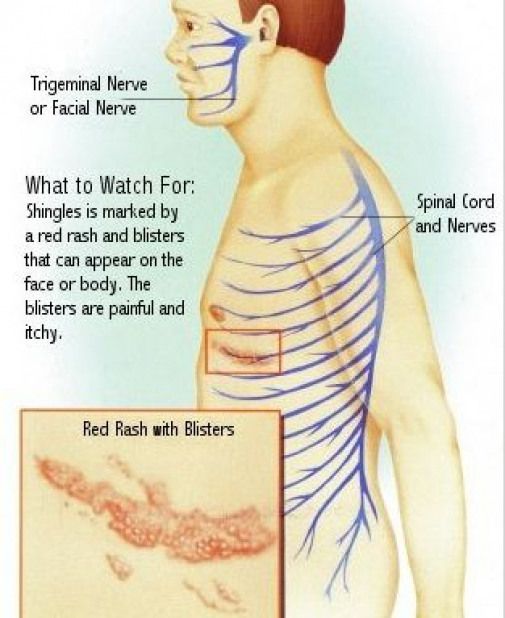 One or more painful, fluid-filled blisters may appear, then break open, ooze fluid, and form a crust before healing. The sores can last from 7 to 10 days. HSV-1 can be spread by skin-to-skin contact such as kissing or touching. Most people get the virus as an infant or child from an adult who carries the virus. Herpes simplex virus type 2 is sexually transmitted and usually causes sores on the penis, vagina, buttocks, or anus, but sores can appear anywhere on the skin. There is no cure for herpes, but treatment can relieve symptoms and shorten an outbreak.
One or more painful, fluid-filled blisters may appear, then break open, ooze fluid, and form a crust before healing. The sores can last from 7 to 10 days. HSV-1 can be spread by skin-to-skin contact such as kissing or touching. Most people get the virus as an infant or child from an adult who carries the virus. Herpes simplex virus type 2 is sexually transmitted and usually causes sores on the penis, vagina, buttocks, or anus, but sores can appear anywhere on the skin. There is no cure for herpes, but treatment can relieve symptoms and shorten an outbreak.
Fungal Infections Can Cause Rashes
Science Source
Fungal infections other than ringworm can also cause rashes and blisters like those of the shingles rash. Athlete’s foot causes an itchy, scaly rash that usually begins between the toes, according to the Mayo Clinic. Jock itch causes a red, itchy rash, often in the groin and inner thighs, per the Mayo Clinic. Yeast infections cause irritation and itchiness of the vagina and the vulva, and may cause symptoms including rash, pain, and burning, notes the Mayo Clinic.
Measles Rash Looks Like Flat Red Spots
Joa Souza/Alamy
Like the shingles rash and herpes simplex, measles is caused by a virus. Measles is highly contagious. Symptoms of measles typically begin with a high fever, cough, runny nose, and red, watery eyes, according to the CDC. Three to five days later, a rash that looks like flat red spots appears, normally starting on the face at the hairline and spreading down the body to the neck, trunk, arms, legs, and feet. Measles is a very serious disease that can lead to complications and death; fortunately, it can be prevented with a measles vaccine.
Related Galleries
By subscribing you agree to the Terms of Use and Privacy Policy.
Difference Between Shingles & Skin Rashes
Skin rashes are sneaky, uncomfortable, and sure to raise some eyebrows—especially in senior living communities and in similar communal settings where undiagnosed skin rashes can signal the alarms for a serious, potentially contagious viral infection like shingles. The easiest way to interpret skin conditions is to seek diagnosis from a medical professional, like a dermatologist. However, there are ways that you can spot the difference between an atypical skin rash and a severe skin condition like shingles—an important aid that all caregivers and senior community leaders should have in their arsenals.
The easiest way to interpret skin conditions is to seek diagnosis from a medical professional, like a dermatologist. However, there are ways that you can spot the difference between an atypical skin rash and a severe skin condition like shingles—an important aid that all caregivers and senior community leaders should have in their arsenals.
Stick around as we discuss the differences in these skin conditions and the value of seeking professional medical diagnosis and care when dealing with an unknown skin rash or shingles in a dependent.
[availability_widget]
Is It a Skin Allergy?
It’s no secret: Self-diagnosing a skin condition or jumping to extreme conclusions is a bad path to travel down when questioning the health of dependents or residents in your senior living community. For skin rashes in seniors, mistaking visual markers and accompanying symptoms for another contagious, viral condition that affects the skin (like shingles) is an easy trap to fall into. If you think the skin rash is just an allergic reaction, pause and consider these common causes and symptoms of skin allergies:
If you think the skin rash is just an allergic reaction, pause and consider these common causes and symptoms of skin allergies:
Skin Allergies: Causes & Symptoms of the Reaction
Skin allergies and stress are two common causes of skin rashes, but an allergic skin reaction can look very similar to the shingles rash—making the two skin conditions difficult to differentiate. To spot the difference, it’s important to ask your resident or the elderly loved one in question about any recent changes in his or her routine. An allergic skin reaction can be caused by medication, exposure to an outdoor skin allergen (like poison oak or poison ivy), or exposure to new cosmetics (shampoo, bodywash, perfume, etc.). These allergic reactions can look like sporadic or irregularly shaped red sores on the skin. This flat or raised irritation can be itchy and bumpy, and even lead to blisters. However, unlike shingles, allergic skin rashes like this will often clear up on their own—with most gone around two weeks after exposure.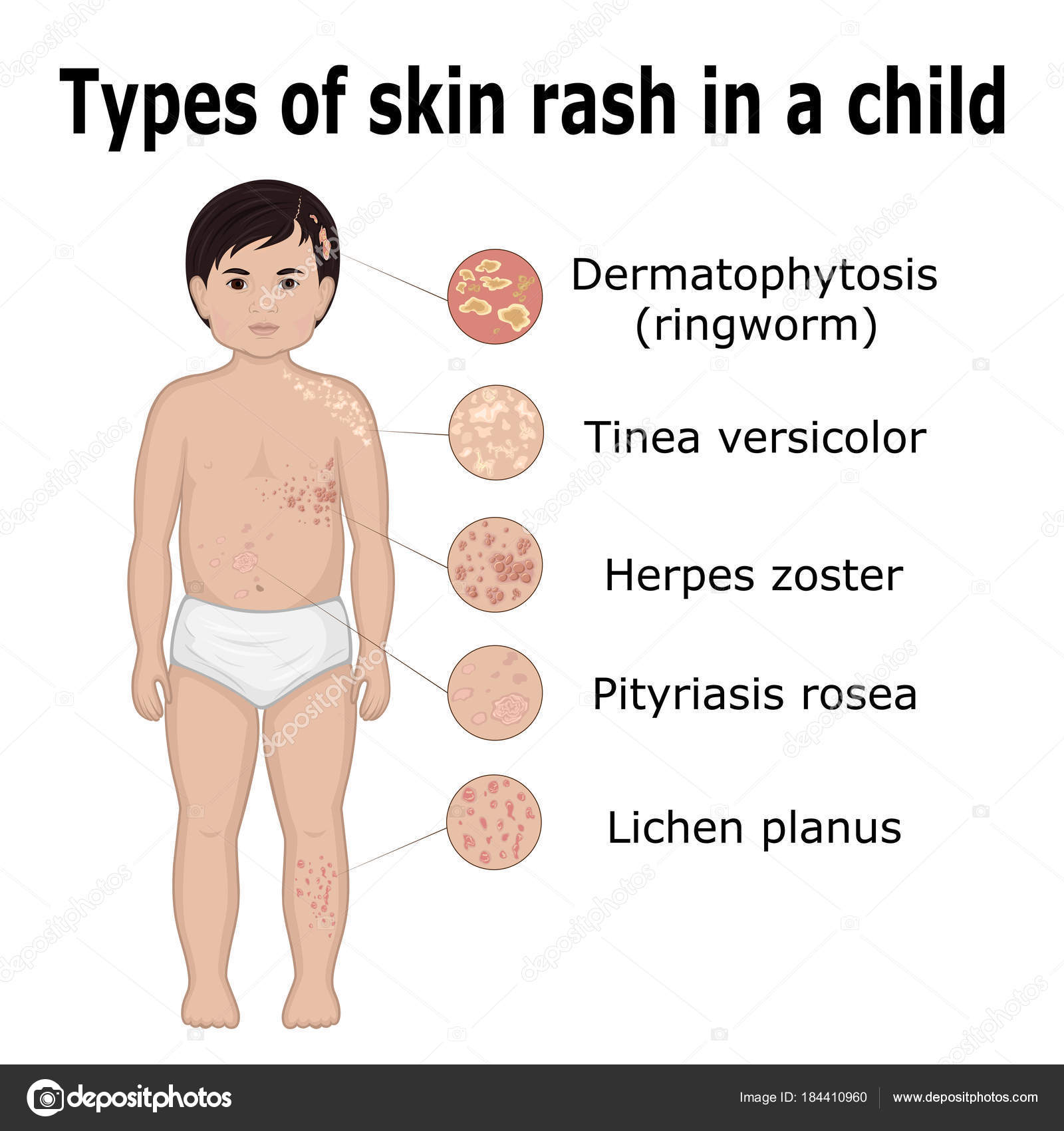
Or Is It Shingles?
Shingles is a virus that can be spread from person to person during the blister phase, reactivating the nerve tissues of at-risk individuals with the dormant chickenpox virus or causing the chickenpox in someone who has never had it or received the chickenpox vaccine. It’s important to note that shingles is much more common in both immunocompromised individuals and people over the age of 65 who have had chickenpox.
Shingles Symptoms
Caused by a virus, shingles is a common infection of the nerves that can trigger a painful skin rash that manifests into small blisters along the midsection of the body or face. Symptoms to look for in a potentially infected individual include:
- Fever and chills
- Headache
- Upset stomach
- Skin sensitivity (tingling, itchiness, pain—especially when touching clothing)
- Skin rash (will likely appear after one to five days after symptoms begin and will look like small, red spots)
- Fluid-filled blisters (will likely form soon after the skin rash, scabbing over in seven to 10 days and clearing within four weeks)
While an active shingles rash (a blistering rash) is contagious, once the blisters crust over, the shingles virus is no longer infectious.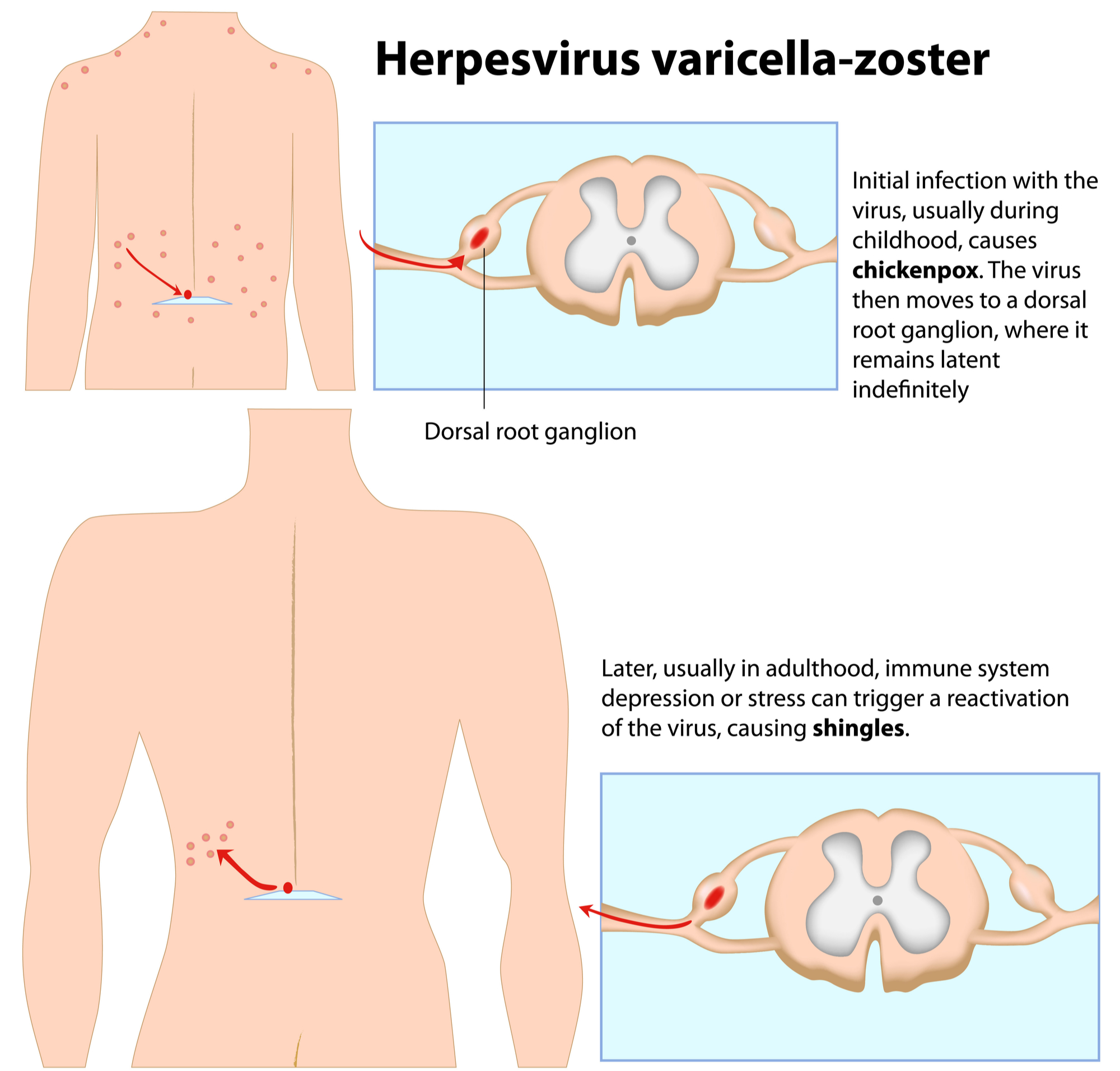 Even with the blisters gone, however, an individual can experience extreme residual pain in and around the rash site.
Even with the blisters gone, however, an individual can experience extreme residual pain in and around the rash site.
The Shingles Belt: The Key to Spotting the Difference
The shingles “brand” or “girdle” is the easiest visual sign to spot when dealing with the active virus and a great way to tell the difference between this serious condition and a mild skin rash in seniors. Shingles classically appears around the waist or rib cage, circling the area to look like a belt. This rash formation can be wide or narrow and will typically cover only one side of the midsection.
If you believe you might have shingles, isolate to control the spread of the virus and contact a healthcare professional to complete a physical examination. A healthcare provider will quickly know if it’s shingles because of the virus’s unique, active, blistering rash. They will prescribe the needed antivirals after the visit and suggesting at-home remedies to quicken recovery time and relieve pain.
DispatchHealth Is Here to Help
DispatchHealth brings complex medical care out of an expensive hospital setting and right to your door. This enables you to be safely treated and recover faster at a dramatically lower cost. Our medical teams will come prepared with nearly all the tools and technologies found in a traditional ER setting, treating compromised individuals with shingles and skin infections who are more likely to develop severe complications from the illness.
To request care, simply contact us via phone, mobile app, or our website.
Sources
DispatchHealth relies only on authoritative sources, including medical associations, research institutions, and peer-reviewed medical studies.
Sources referenced in this article:
- https://www.healthline.com/health/shingles-pictures
- https://www.hopkinsmedicine.org/health/conditions-and-diseases/shingles
- https://www.mayoclinic.org/skin-rash/sls-20077087?s=11
- https://www.
 everydayhealth.com/pictures/shingles-other-skin-conditions/
everydayhealth.com/pictures/shingles-other-skin-conditions/ - https://www.cdc.gov/shingles/about/transmission.html
Shingles (herpes) – causes, symptoms, diagnosis, treatment of lichen in Moscow
- Signs of herpes zoster
- Lichen forms
- Causes
- Incipient disease
- Eruption period
- Crust
- Diagnosis of herpes zoster
- How to treat infection?
- What are antivirals used for?
- Possible consequences of herpes
- Is shingles contagious?
- When lichen is transmitted
- Disease prevention
- Which doctor to contact with herpes zoster
Shingles , also known as herpes zoster or herpes zoster, is a viral disease that occurs as a result of reactivation of the herpes simplex virus type 3. It is characterized by inflammation of the skin, on which a large number of vesicles appear, as well as inflammation of the nervous tissue surrounding the posterior roots of the spinal cord and ganglia of peripheral nerves. This disease usually occurs in a specific area of the skin known as the “dermatome” and has vivid and painful symptoms.
This disease usually occurs in a specific area of the skin known as the “dermatome” and has vivid and painful symptoms.
Most often, the disease is detected in the elderly. Unfavorable ecology contributes to the development of infection in young people with weak immunity. Shingles often develops against the background of oncological processes, especially in people with weakened immune systems (after chemotherapy, for example).
Signs of herpes zoster
The onset of the disease is quite pronounced – there is a burning sensation and soreness of a certain area of \u200b\u200bthe skin. Often these areas coincide with the location of the trigeminal facial nerve, affect the forehead, back of the head, neck, and can be located in accordance with the course of the nerves.
Lichen forms
The disease can be typical and atypical.
With an atypical form, the symptoms may be mild:
- In the abortive form, rashes are absent or there is a single focus;
- Bullous form – multiple vesicles with a clear liquid;
- Hemorrhagic form – vesicles with bloody fluid, in place of which scars remain.

- The gangrenous form leaves hard-to-heal ulcers and rough scars.
Causes
Infections that are present in the body in a dormant state are activated. The following factors provoke the development of the process:
- Immunosuppressive drugs;
- Heavy workload, stress;
- Cancer processes;
- Radiation therapy;
- HIV;
- Organ transplant.
Repeated episodes require special attention, as rashes are often localized at the site of the tumor. The development of shingles goes through certain stages.
Early disease
From the incubation to the active period takes about four days. At this time there is:
- Malaise, weakness. chills;
- Pain;
- Temperature increase;
- Burning and itching;
- Enlarged lymph nodes;
- Possible disorders of the organs and systems of the body.
Subsequently, the disturbances subside.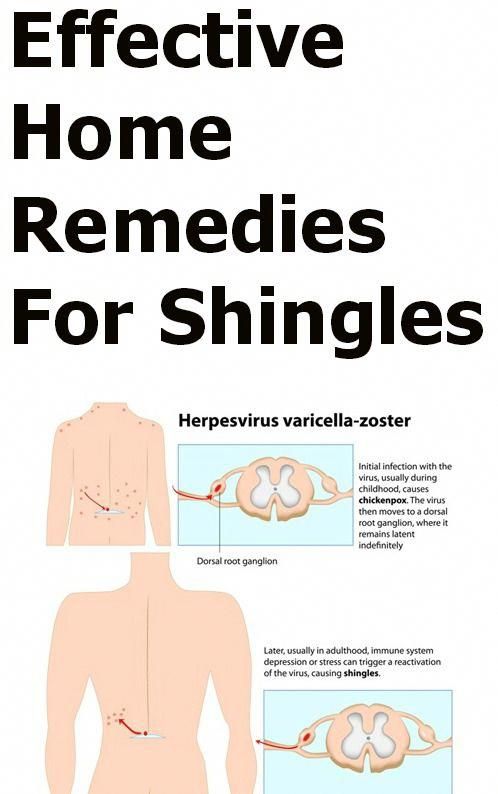
Eruption period
The type of rash depends on the severity of the disease. At the initial stage, the rash looks like small pink spots located on healthy skin.
If the process develops typically, then the next day they are replaced by bubbles with a clear liquid – grouped vesicles. After 3 days, their contents become cloudy. Rashes occur in jerks, with interruptions of several days.
If a severe gangrenous form develops, then the filling of the vesicles may be mixed with blood. It seems that the bubbles move to another place, located around the body.
If the form of inflammation is mild, the manifestation of the disease can only be neurological in nature, when the patient feels pain, but there is no rash. This is herpetic neuralgia.
Crust
As a rule, after 2-3 weeks from the onset of rashes, crusts form. The areas of rashes turn pale and dry up. In place of the fallen crusts, a slight pigmentation remains.
Herpes zoster diagnosis
With a pronounced manifestation of skin forms of the disease, it is not difficult to make a diagnosis.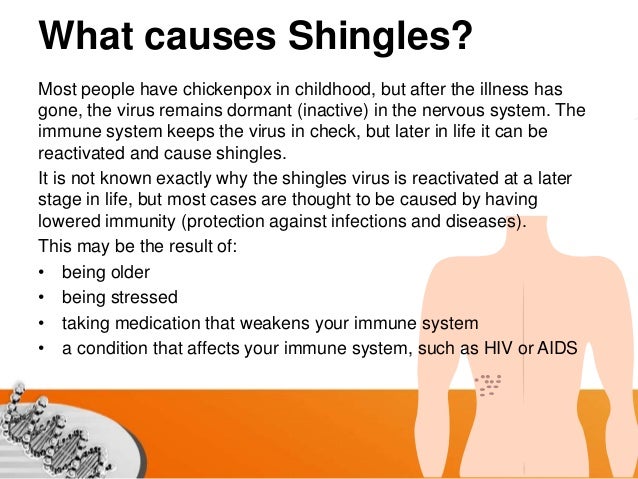 Errors occur at the initial stage, when angina pectoris, pulmonary infarction, pleurisy, acute appendicitis are mistakenly diagnosed.
Errors occur at the initial stage, when angina pectoris, pulmonary infarction, pleurisy, acute appendicitis are mistakenly diagnosed.
Laboratory confirm the diagnosis using a microscope or immunofluorescent method. In general practice, laboratory diagnostics is not used.
How to treat an infection?
If young people who do not have chronic diseases are sick, then treatment is not carried out. The disease will completely disappear within a month. To eliminate the pain of herpes, the doctor may prescribe painkillers. With intense pain, painkillers are used along with antiviral drugs. It is possible to use non-steroidal drugs. Assign antiherpetic drugs in tablets, creams, ointments or intramuscular injections.
What are antivirals used for?
The goal is to avoid the development of complications. Antiherpetic treatment helps the rapid healing of ulcers and improves the patient’s condition.
The course of treatment and dosage of drugs is determined by the doctor, taking into account the general condition of the patient. On average, the treatment time does not exceed 10 days.
On average, the treatment time does not exceed 10 days.
If a gangrenous form develops with a bacterial infection, antibiotics, immunomodulators, physiotherapy and vitamins are prescribed.
As for the treatment of rashes, there are different opinions about the use of drying agents. In any case, they should be used with caution so as not to worsen the condition of the skin with a burn.
Do not use hormonal drugs, as they suppress the immune system.
Treatment of the disease in elderly patients is not always successful, since antiviral drugs do not justify themselves.
Possible consequences of herpes
- Paralysis of the facial or other nerves.
- Reduced vision.
- Violations of the internal organs.
- Disabling meningoencephalitis.
- For bacterial infections, treatment is delayed for months.
Is shingles contagious?
Most often, cases of the development of the disease are recorded in the off-season.-Step-3.jpg) If a person has previously had chickenpox and has good immunity, then the likelihood of contracting infection through contact with a patient is minimal.
If a person has previously had chickenpox and has good immunity, then the likelihood of contracting infection through contact with a patient is minimal.
If immunity to the herpes virus is weakened or not formed, then there is a chance of getting sick upon contact, including again.
When lichen is transmitted
- A sick person can infect those who have not had chickenpox – adults and children.
- In the presence of strong immunity and good health, the probability of getting infected is zero.
- Most often children get sick.
- Almost anyone can get shingles if their defenses are weakened.
- Viral during the formation of fresh blisters. During the formation of crusts, there is no danger of infection.
Disease prevention
It is necessary to isolate the sick, avoid contact with the sick (applies to those who have not had chickenpox), observe hygiene rules, and take measures to strengthen immunity.
Which doctor to contact with herpes zoster
You should first contact a therapist, then an infectious disease specialist or a dermatologist. If the form of herpes is severe, the help of a neurologist is needed, if the eyes are affected, an ophthalmologist.
We recommend making an appointment at the neurological department of the clinic of the Russian Academy of Sciences (Moscow). You will be examined by the best doctors, they will study the signs of the disease, determine the causative agent of the infection, make a diagnosis, consult, give clinical recommendations and prescribe an effective treatment.
Don’t put off going to a specialist! Specialists of the Neurological Department of the NCC No. 2 (CCH RAS) in Moscow remind you that any symptoms that disturb you are a reason for consulting a neurologist. In this case, the doctor will be able to recognize and stop the disease at an early stage, until the situation worsens and becomes irreversible.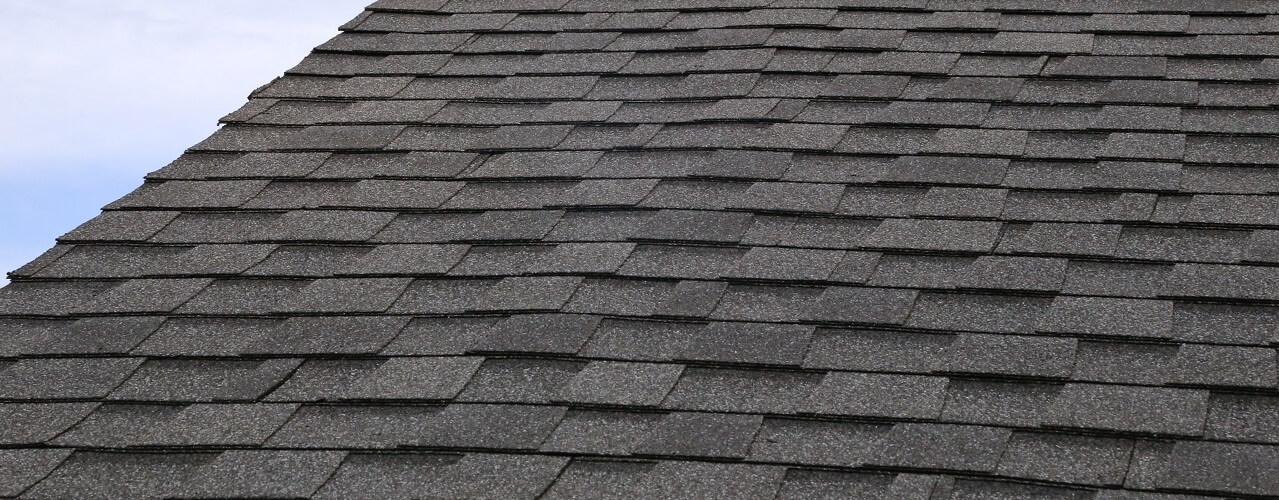 You can make an appointment with a neurologist by calling the clinic, as well as using the form on the website.
You can make an appointment with a neurologist by calling the clinic, as well as using the form on the website.
Adult skin problems: herpes, hives and more
Does your skin have itchy patches, cracks or rashes? Damage to the skin, change in its texture or color, the appearance of spots may indicate the development of an infection, contact with a skin allergen or irritant, or an exacerbation of a chronic disease. If you have the symptoms described, seek medical attention. Some of them may be a sign of serious illness.
Herpes zoster
A rash appears on the skin in the form of points raised above the skin surface, which subsequently turn into painful blisters. The rash is accompanied by itching and tingling, the skin becomes very sensitive. Shingles often affects the skin on the chest and buttocks, but can also appear on other parts of the body. The exacerbation lasts about two weeks. The rash goes away, but the numbness and itching can remain for months, years, and even for the rest of your life.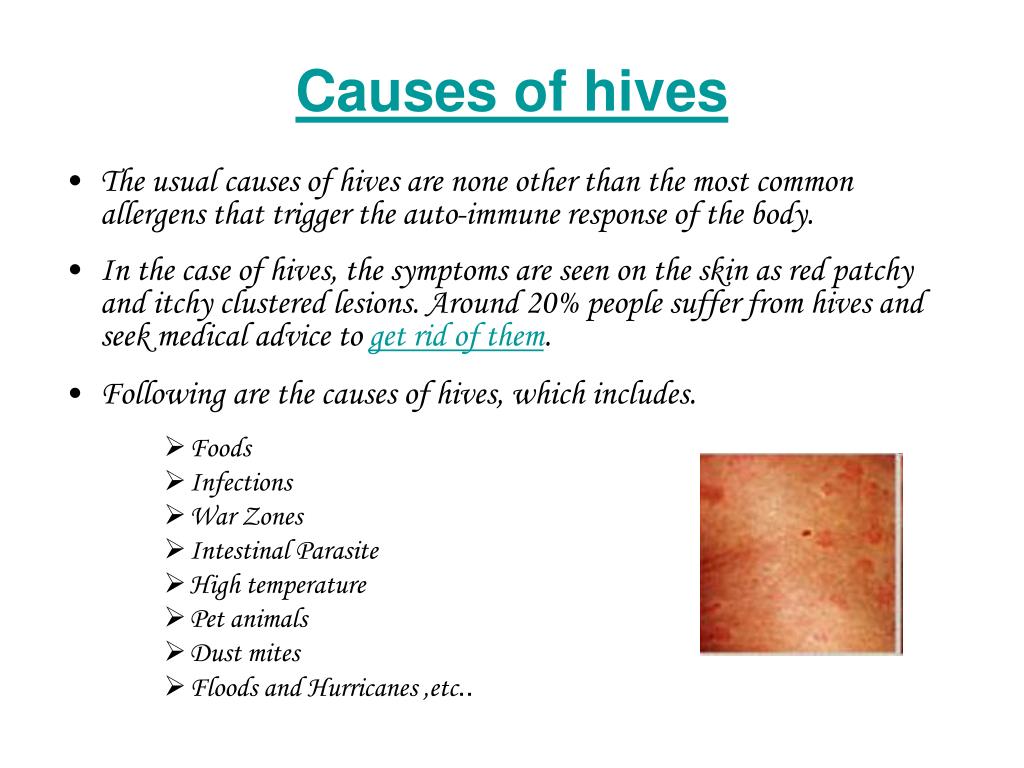 Treatment includes the use of topical agents, antivirals, and antidepressants. Timely initiation of therapy helps to avoid serious complications.
Treatment includes the use of topical agents, antivirals, and antidepressants. Timely initiation of therapy helps to avoid serious complications.
Urticaria
Urticaria appears as pale pink blisters that cause severe itching and burning. They vary in size and often merge together. The rash can appear on any part of the body and resolve within minutes or days. Causes of hives include exposure to extreme temperatures, infections such as strep throat, and allergies to medications, foods, and supplements. Treated with topical corticosteroids and antihistamines.
Psoriasis
Signs of psoriasis are hard red patches covered with white or silver scales. Psoriasis is a chronic non-communicable disease. For unknown reasons, the immune system begins to stimulate the accelerated growth of skin cells. Psoriatic plaques typically appear on the elbows, knees, scalp, and lower back. They may come and go throughout your life. Treatment consists of topical steroid ointments and drug therapy.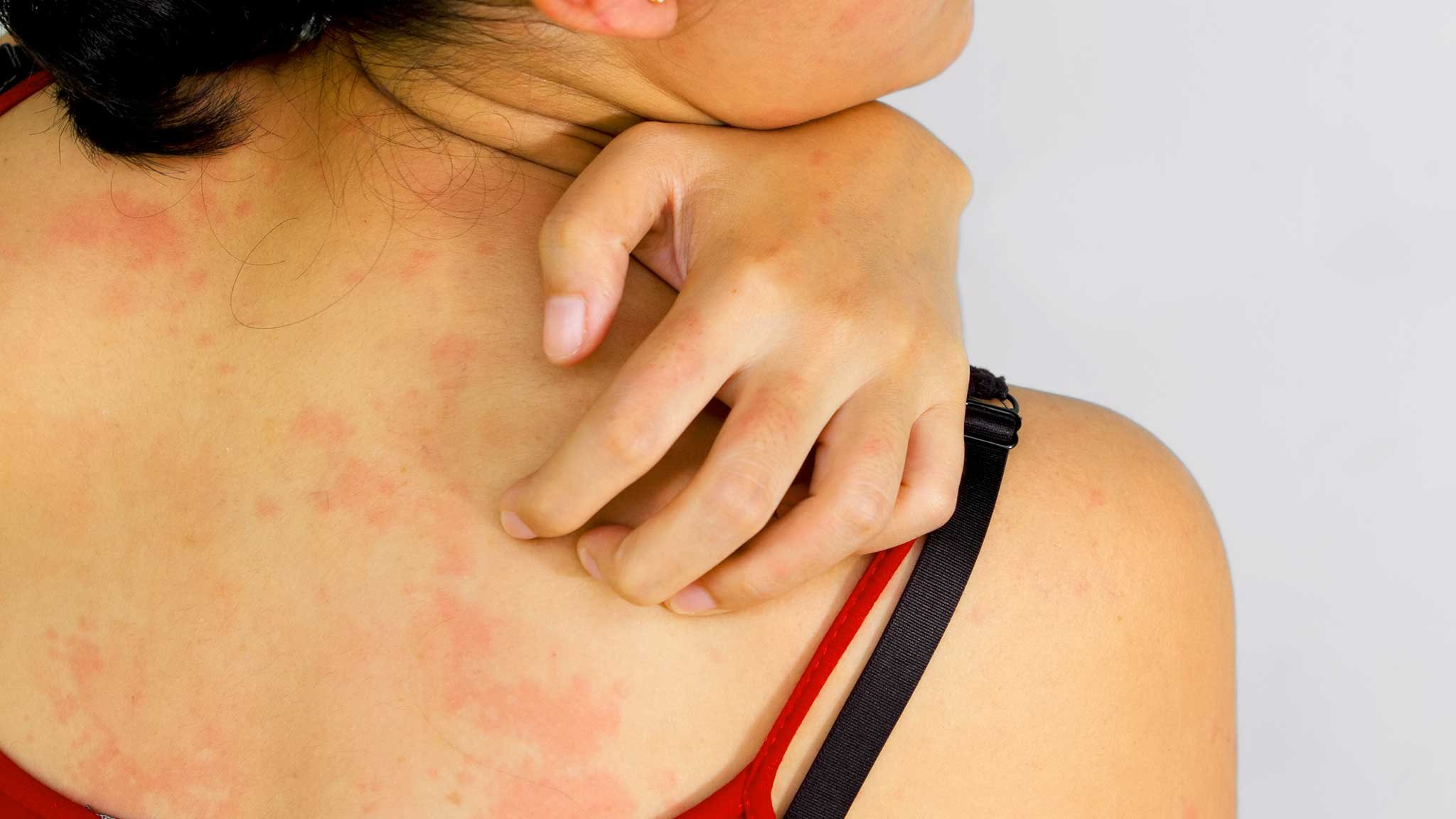
Herpes
The herpes simplex virus causes small, painful, fluid-filled blisters on the lips or nose. The exacerbation lasts about 10 days, while the person remains contagious. Causative factors include colds, excessive sun exposure, stress, and hormonal changes such as during menstruation. Herpes can be treated with antiviral ointments and tablets. Seek medical attention if the wound becomes pus-filled, reddened or irritated.
Ingrown hair
Ingrown hair occurs when the sharp edge of a cut hair curls back after shaving and grows into the skin. This can cause irritation, suppuration, and later even a scar. To minimize the risk of ingrown hairs, take a hot shower before shaving. Move the razor in the direction of hair growth and do not stretch the skin when shaving. Always use shaving cream or foam. Rinse your skin with cool water and then apply moisturizer.
Foot fungus
A fungal infection is often accompanied by intense burning and itching.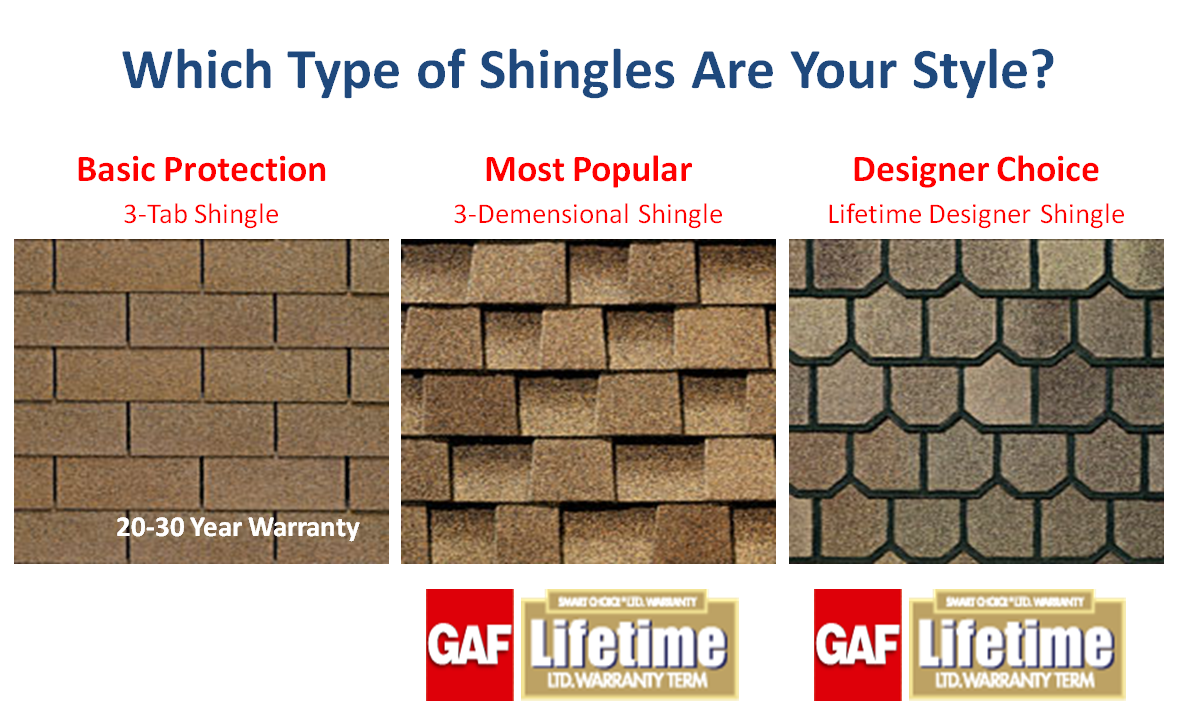

 everydayhealth.com/pictures/shingles-other-skin-conditions/
everydayhealth.com/pictures/shingles-other-skin-conditions/